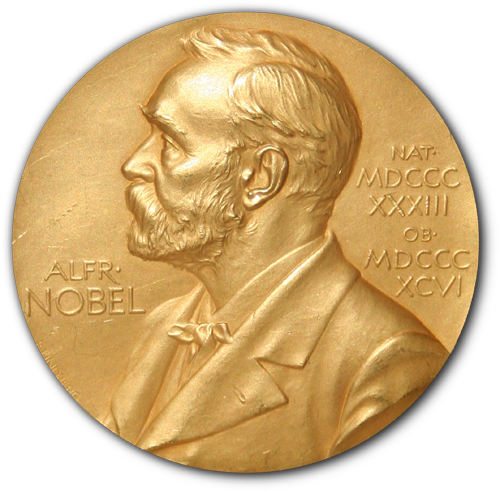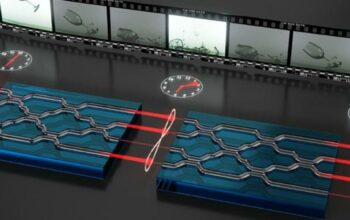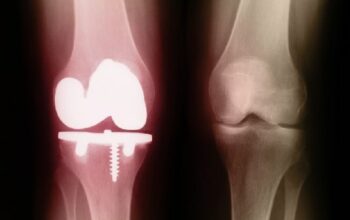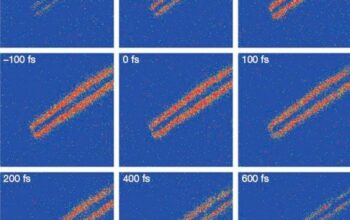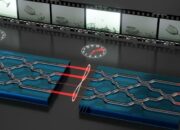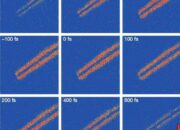In the annals of scientific progress, few accolades carry as much weight as the Nobel Prize. The confluence of innovation and prestige that accompanies this award epitomizes the capstone of a lifetime’s endeavor. Recent strides in Chemical Physics have illuminated the complex interplay between molecular dynamics and quantum mechanics, capturing the attention of the scientific community. But as we celebrate these triumphs, one might ponder: could the key to the future of molecular wizardry be cloaked in complexity beyond our current comprehension?
The realm of Chemical Physics, characterized by its hybridization of chemistry and physics principles, frequently witnesses revolutions in understanding the fabric of matter. With each Nobel win, the international stage is graced with pioneering individuals whose research contributions catalyze avant-garde methodologies. The latest recipients of the Nobel Prize in Chemical Physics wield tools that dissect molecular structures with unprecedented precision, igniting the imagination of researchers and industry practitioners alike.
Central to this discussion is the transformative role of spectroscopic techniques, which, for the uninitiated, provide an elegant window into the vibrational and electronic states of molecules. Techniques such as ultrafast spectroscopy and resonance energy transfer have emerged not merely as analytical tools, but as pivotal instruments for unearthing the subtleties of chemical kinetics and pathways. Indeed, the precision with which these methodologies operate mirrors the intricate dance of atoms in a molecular tropism.
Consider, for instance, the phenomenon of charge transfer in molecular systems. The determination of how electrons migrate from donor to acceptor molecules can imply immense implications for the development of solar cells and light-harvesting dipoles. Such quantum efficiencies manifest as a delicate balancing act between various mechanistic pathways, wherein disruptions can lead to loss of function. Grasping the nuances of this process leads us into the heart of contemporary research, inviting inquiry into how these results might be employed in advancing technological frontiers.
Moreover, the intersection of Chemical Physics with computational models has burgeoned in recent years. High-performance computing platforms now facilitate simulations of molecular interactions at previously unimaginable scales. These models yield data that challenges or affirms prevailing theories, often leading to the identification of novel reactions or states of matter that defy ordinary expectations. However, this rapid rate of progress also poses a challenge: can empiricism keep pace with such theoretical advancements, or will we find ourselves navigating an ocean of computations with no island of validation in sight?
As researchers delve deeper into the structure-property relationships that underpin materials science, the implications of their findings extend far beyond academia. Inventive applications emerge in various industries—pharmaceuticals, energy storage, and even nanotechnology—each heralded as the next frontier. Yet, for every leap in innovation, there are fundamental questions. Are we able to maintain ethical considerations in our quest for molecular manipulation? Moreover, as we engineer materials at the atomic level, will the rapidity at which we advance render us unequipped to handle unforeseen consequences?
Furthermore, the conundrum of reproducibility persists in modern research: how do we ensure that the wondrous discoveries remain consistent and reproducible across various laboratories? This discourse is not merely academic; it holds the key to validating the claims of those who stand under the auspices of Nobel recognition. An award conferred upon a single research output bears an inherent responsibility to the broader community to disseminate findings transparently and collaboratively.
Equally captivating is how Chemical Physics responds to the bioinformatics paradigm. The integration of molecular data with biological systems gives rise to new avenues of exploration. The catalytic mechanisms governing enzymatic reactions reveal themselves with greater clarity through spectroscopic analysis and molecular modeling. Appreciating such molecular intricacies opens doors to revolutionizing drug discovery processes, but it necessitates a cross-disciplinary approach that diverges from traditional methodologies. Are current educational frameworks adequately preparing the next generation of scientists to engage in this interdisciplinary landscape?
The Nobel laureates in Chemical Physics have not merely conquered the curvature of scientific inquiry; they craft narratives that propel our understanding forward. Their diverse investigations transcend the laboratory’s confines, interlocking with societal needs and ethical deliberations. As molecular wizards, their revelations embody the quintessence of scientific inquiry, layering complexity into simplicity, and vice versa.
In conclusion, the recent Nobel Prize victories in Chemical Physics serve as a nexus from which myriad dialogues emerge, inviting both celebration and contemplation. As we dissect the leaps made in molecular research, let us ponder the challenges that accompany this progress. Are we prepared to navigate the tapestry of implications wrought by our scientific advancements? The future beckons with profound questions, and it is incumbent upon the scientific community to embrace the adventure of inquiry with both zeal and prudence.
